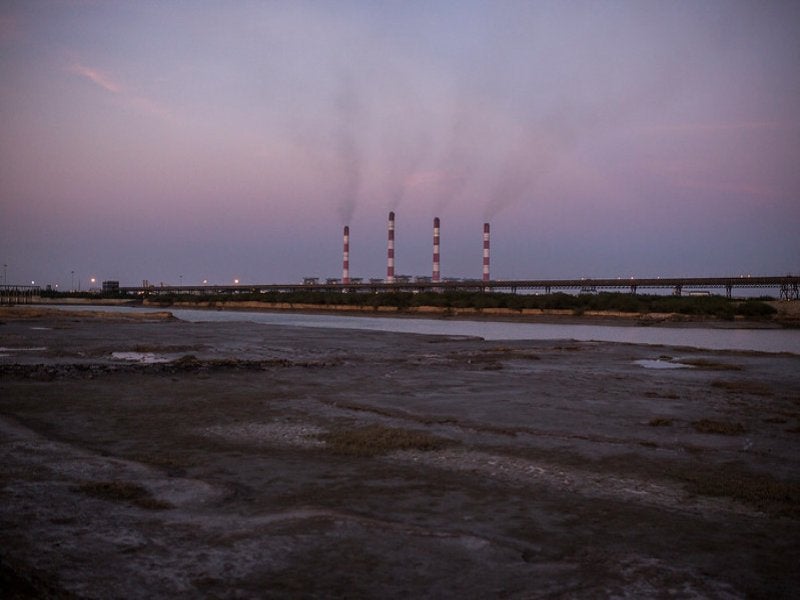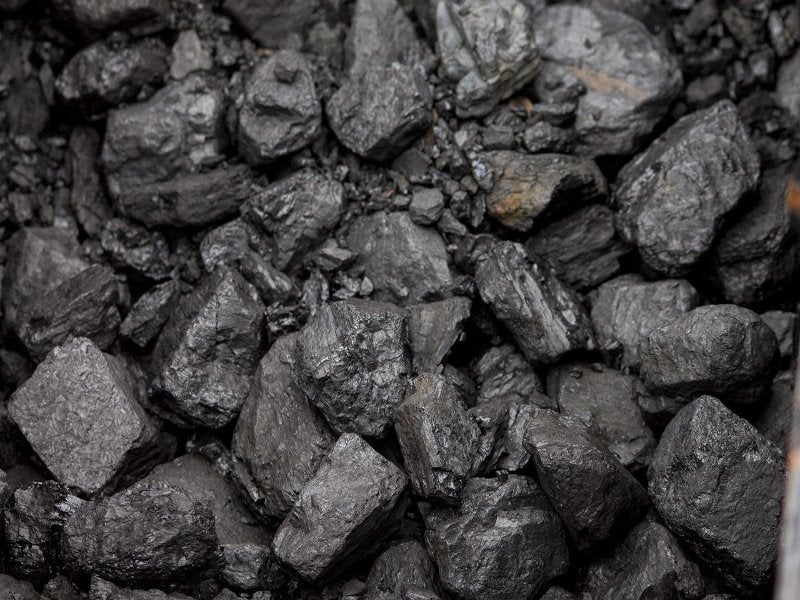Mundra Thermal Power Project is a coal-based thermal plant with a power generating capacity of 4,620MW. The plant is located in the Kutch district of Gujarat in India near Mundra Port in Mundra Power Special Economic Zone (MPSEZ).
The project is owned and operated by Adani Power.
Construction works for the facility started in 2008 and the project was commissioned in 2013.
The Mundra Project features nine units including four sub-critical technology-based 330MW units and five 660MW units working on supercritical technology.
The project was implemented in record time, achieving synchronisation within 36 months from inception.
The supercritical Phase III of the project was a certified Clean Development Mechanism (CDM) project from United Nations Framework Convention on Climate Change (UNFCCC).
Location and Site details
Mundra Thermal Power Plant is situated in the Kutch district in Mundra Taluka in the state of Gujarat. The project is spread over the villages of Vandh, Tunda, and Shiracha.
The location is around 61km south of Bhuj city near National Highway 8A and adjacent to the sea.
Mundra Thermal Power Project details
The Mundra Thermal Power Project was built in four phases.
In the first phase, two 330MW sub-critical units were built. It was followed by the construction of another two 330MW sub-critical units in the second phase.
In the last two phases, two 660MW super-critical and three 660MW super-critical phases were built respectively.
The project also features a 47 million litres per day (MLD) desalination plant and flue gas desulfurization plant to reduce emissions of sulphur oxides, along with ancillary infrastructure.
The 660MW supercritical units, which operate at higher temperatures and pressures, deliver higher efficiencies compared to conventional sub-critical power plants. The implementation of supercritical technology will also result in lower carbon dioxide emissions.
In 2020, the supercritical Unit 7 created a national record by running continuously for 411 days.
The project also houses a P&M lab accredited by NABL.
Fuel requirement, water and ash management
The plant meets its fuel requirement primarily by sourcing imported coal. This includes procuring coal from a mine in Bunyu, Indonesia.
A separate berth and mechanised coal-unloading facilities were established at the Mundra port to facilitate coal imports for the project.
Additionally, it has an operational fuel supply agreement of 6.405 million tonnes per annum (MTPA) with subsidiaries of Coal India.
The plant uses a sea-water-based closed-cycle induced draft circulating cooling water system. It sources sea water from the Gulf of Kutch through large diameter glass reinforced pipes.
Other ancillary systems also use purified seawater that is processed by a reverse osmosis plant.
The project also has an ash bagging unit for the complete utilisation of fly ash. The unit comprises three ash bagging machines, each with an operational capacity of 18 TPH.
Power Evacuation
Adani Power has signed power purchase agreements (PPAs) with the states of Gujarat and Haryana. Two power lines were built to supply electricity from the plant and fed it into the grid.
Around 1000MW of power from the Mundra Power Plant will be transmitted to Dehegam, Gujarat through a 433 Km long 400KV transmission line.
A 989km long 500KV high voltage direct current (HVDC) bipole line was constructed to supply electricity from Mundra to Mohindergarh in Haryana. This line, with a capacity to transmit 2,500 MW, is the longest HVDC system by a private player in India.
Contractors involved
Sichuan Machinery and Equipment Import and Export secured the boiler, turbine and generator (BTG) package for Phase I of the Mundra thermal power plant. Kowa Company was hired to deliver BTG works for Phase II.
Chinese firm SEPCO-III Electric Power Construction Corporation and Shandong Tiejun Electric Power Engineering Company Limited were contracted for engineering, procurement and construction (EPC) works for Phases III and IV.
In March 2022, Japan’s Kowa Company entered into a memorandum of understanding (MoU) with Adani Power and IHI Corporation to conduct a technical and economic feasibility study of a potential modification to reach a 20% liquid ammonia co-firing ratio and higher co-firing ratio up to 100% mono-firing at Mundra plant.
This is aligned with India’s plans to achieve net zero by 2070.





